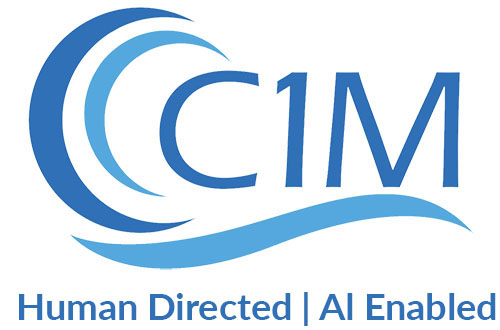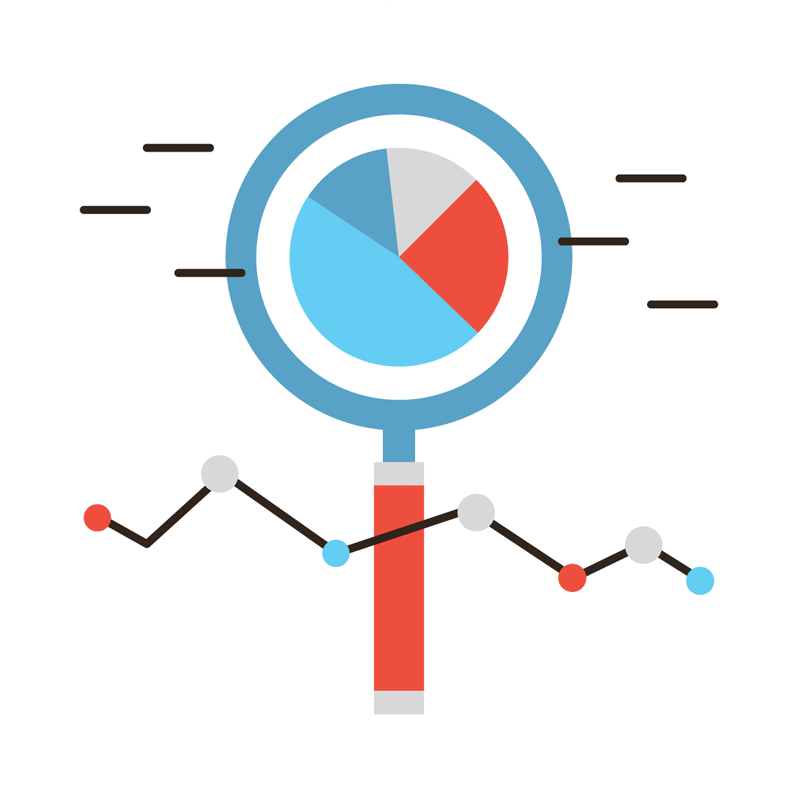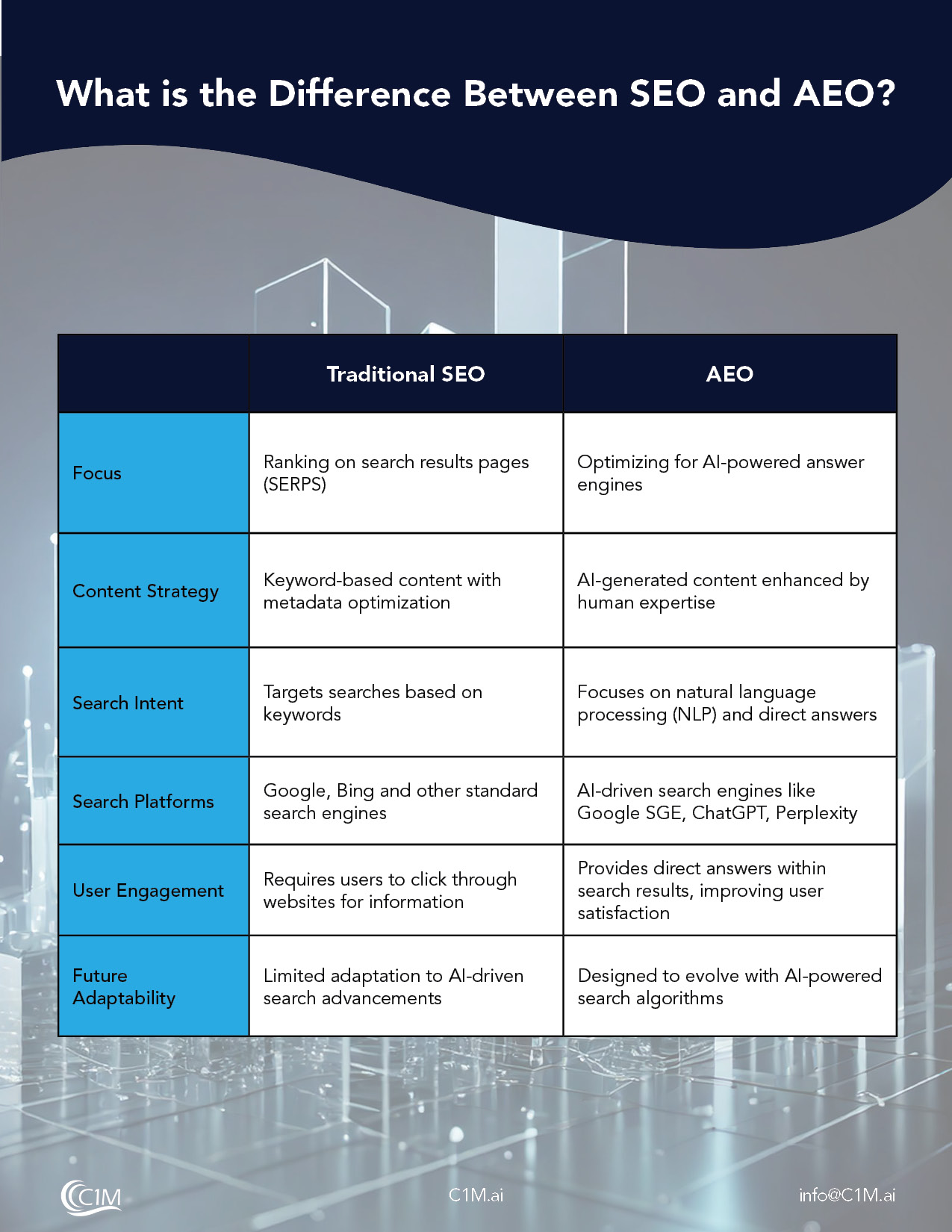
As businesses face increasing pressure to innovate, generative AI (GenAI) is emerging as a powerful tool to drive transformation. To truly harness its potential, leaders need to think beyond traditional AI implementation strategies. The solution? Build an “AI factory” — a scalable, repeatable approach that enables rapid AI deployment across your business. By doing this, you can not only improve efficiency but also unlock new revenue streams and future-proof your organization.
C1M can help you develop the right AI implementation strategy that aligns perfectly with your business objectives, ensuring optimal success.
Here’s what CEOs need to know about building an AI factory.
1) Move Fast — and Think Big — with Generative AI
To see real ROI from GenAI, speed matters. Unlike traditional AI models, which are often built from scratch, GenAI models come pre-trained and ready for customization. This makes it possible to get up and running quickly — often within 90 days for initial use cases — and start delivering value across your organization.
When designing your AI strategy, focus on patterns that can be repeated across your business rather than on isolated, high impact use cases. A use case with moderate value that can be replicated across different functions will often deliver greater returns than a single, one-off project. The goal is to find scalable opportunities where a single AI deployment can drive results in multiple areas of your business.
As you build out your roadmap, be prepared to identify and close gaps in data, technology, and talent. Common challenges may include:
- disorganized data sets
- a lack of cloud infrastructure
- or the need for specialized AI skills
Addressing these gaps early will position you to scale AI across your organization more effectively.
2) Selecting the Right Model and Preparing Your Data
Choosing the right GenAI model is a critical step. Companies like AWS, Google, and Microsoft offer robust foundation models, but the real value comes from customizing these models with your business’s own data, expertise, and intellectual property. Creating a private instance of a foundation model, within a secure environment, allows you to retain full control over your data and tailor the AI to your specific needs.
Customization turns GenAI from a generic tool into a strategic asset, enabling your teams to benefit from the collective knowledge and insights embedded in your data. Essentially, it becomes like having your best experts available to everyone in your organization, offering guidance and driving performance.
However, before you can fully leverage GenAI, your data needs to be in order. While GenAI can work with unstructured data, having clean, organized data will enhance its performance and minimize risks such as bias or inaccurate outputs. You’ll also need strong data governance and cybersecurity measures in place to protect your proprietary information and ensure responsible AI usage.
3) Building an AI Factory for Scalable, Repeatable Results
An AI factory is essentially a framework for delivering AI solutions at scale. Instead of tackling one project at a time, an AI factory allows you to deploy multiple AI use cases simultaneously by structuring your efforts around specialized teams or “pods.” Each pod is focused on a specific business domain and is responsible for adapting the GenAI model to meet that domain’s needs.
Here’s how an AI pod is typically structured:
Pod Leader: Sets business objectives and measures the success of each AI use case.
Business Analyst: Identifies use case requirements and monitors progress, ensuring alignment with business goals.
Prompt Engineer: Tailors AI prompts for better accuracy and relevance, working closely with the business analyst to validate results.
Model Mechanic: Customizes the AI model, optimizing it to meet the specific needs of the business.
Content / Data Engineer: Prepares and organizes the content and data needed for the AI model to function effectively.
Data Scientist: Enhances model performance by providing technical insights and ensuring the scalability of the solution.
With this pod structure, your AI efforts become highly scalable. Teams can tackle multiple use cases across the business, driving consistent value creation. Additionally, GenAI’s efficiency means that these pods can operate with fewer resources than traditional project teams, allowing for faster execution at a lower cost.
4) Prioritize Trust and Long-Term ROI
Once your AI factory is operational, it’s important to focus on continuous oversight to ensure the technology delivers ongoing value. This includes tracking performance and managing risks associated with AI, such as biased outputs or cybersecurity vulnerabilities.
A well-designed oversight framework will help you monitor the effectiveness of your AI deployments and identify areas for improvement. It also ensures that your AI solutions remain aligned with your business goals and continue to generate a positive ROI over time. Regular audits and performance reviews — involving both domain experts and data scientists — will help you make data-driven decisions that boost the long-term value of your AI initiatives.
Leveraging Generative AI for Business Innovation and Growth
Generative AI is no longer a futuristic technology — it’s here, and it’s transforming industries. For CEOs and business leaders, building an AI factory is the key to leveraging this technology for rapid, scalable results. By moving quickly, focusing on repeatable patterns, and ensuring responsible AI usage, you can unlock new opportunities and drive growth in the AI-powered future.
C1M can help you unlock innovative solutions, streamline operations, and maintain a competitive edge in a rapidly evolving marketplace.
Ready to take the next step?
Generative AI is reshaping the business landscape. Now is the time to lead your organization into the future by building your own AI factory and reaping the rewards of this powerful technology. C1M will enhance efficiency and drive your organization toward sustained growth and success.
Don’t miss our latest YouTube videos featuring the newest insights on AI for business!



